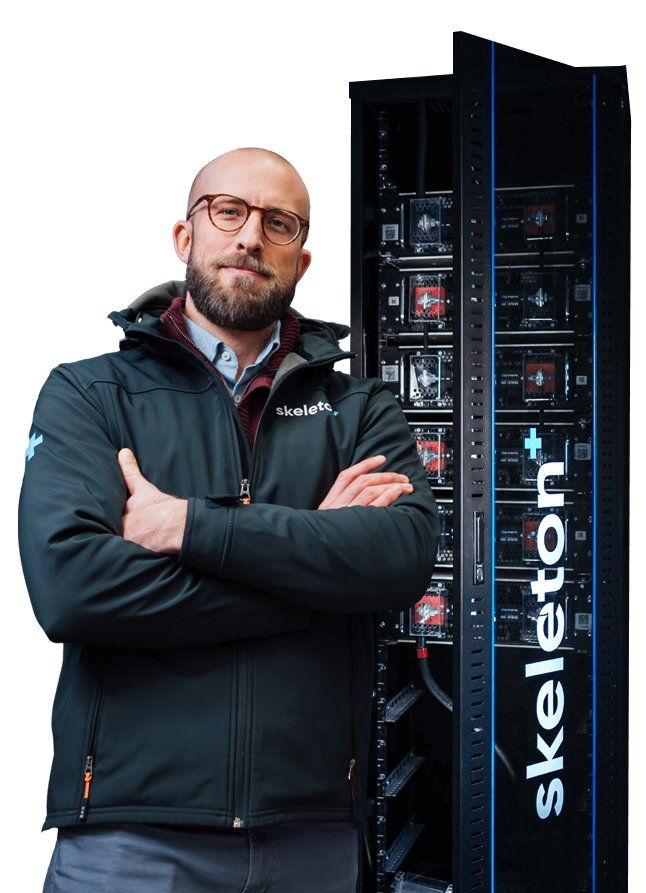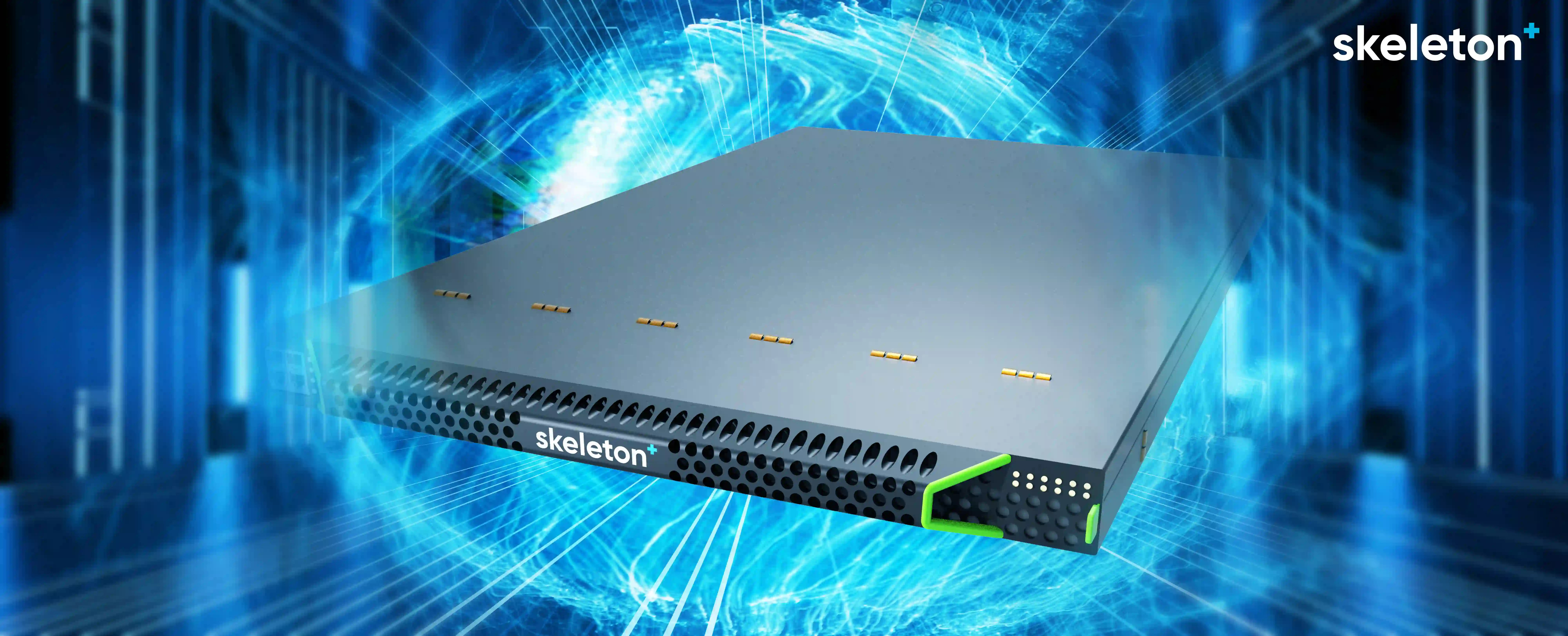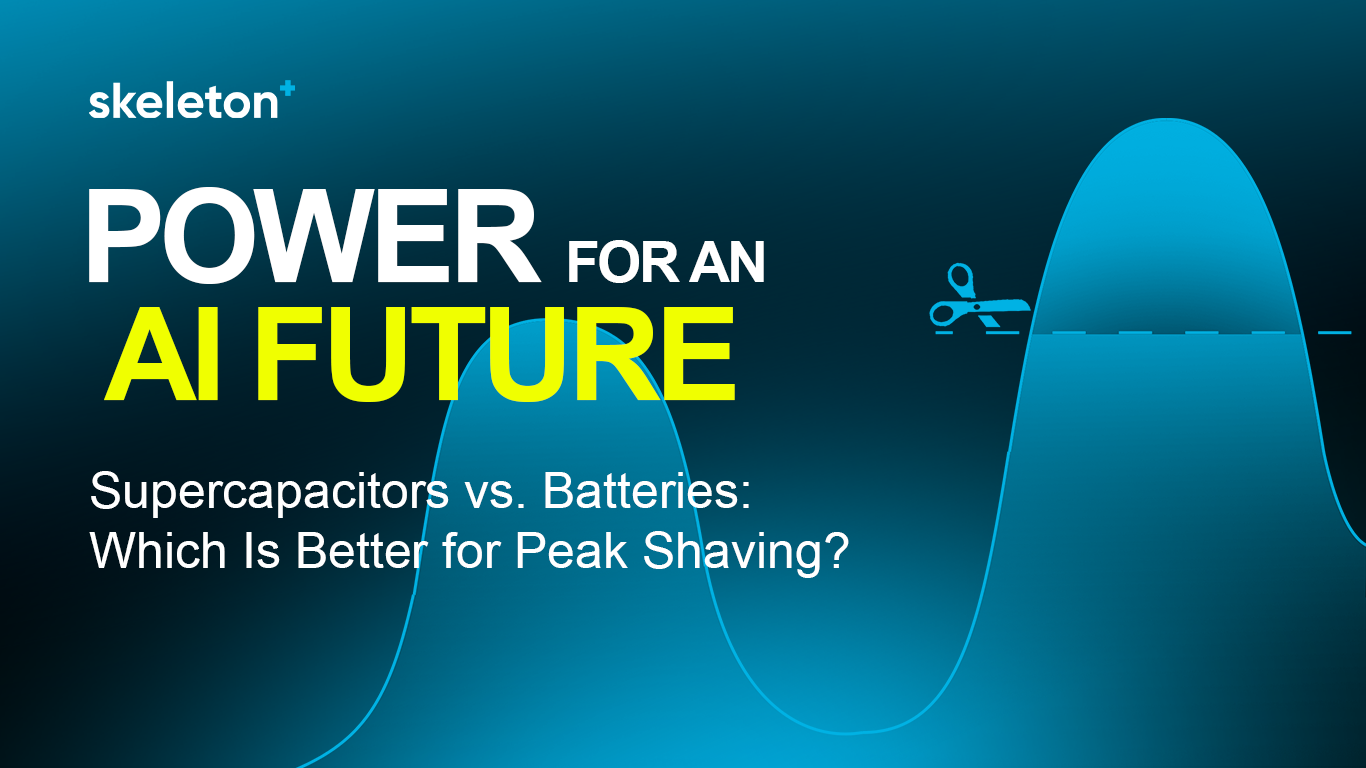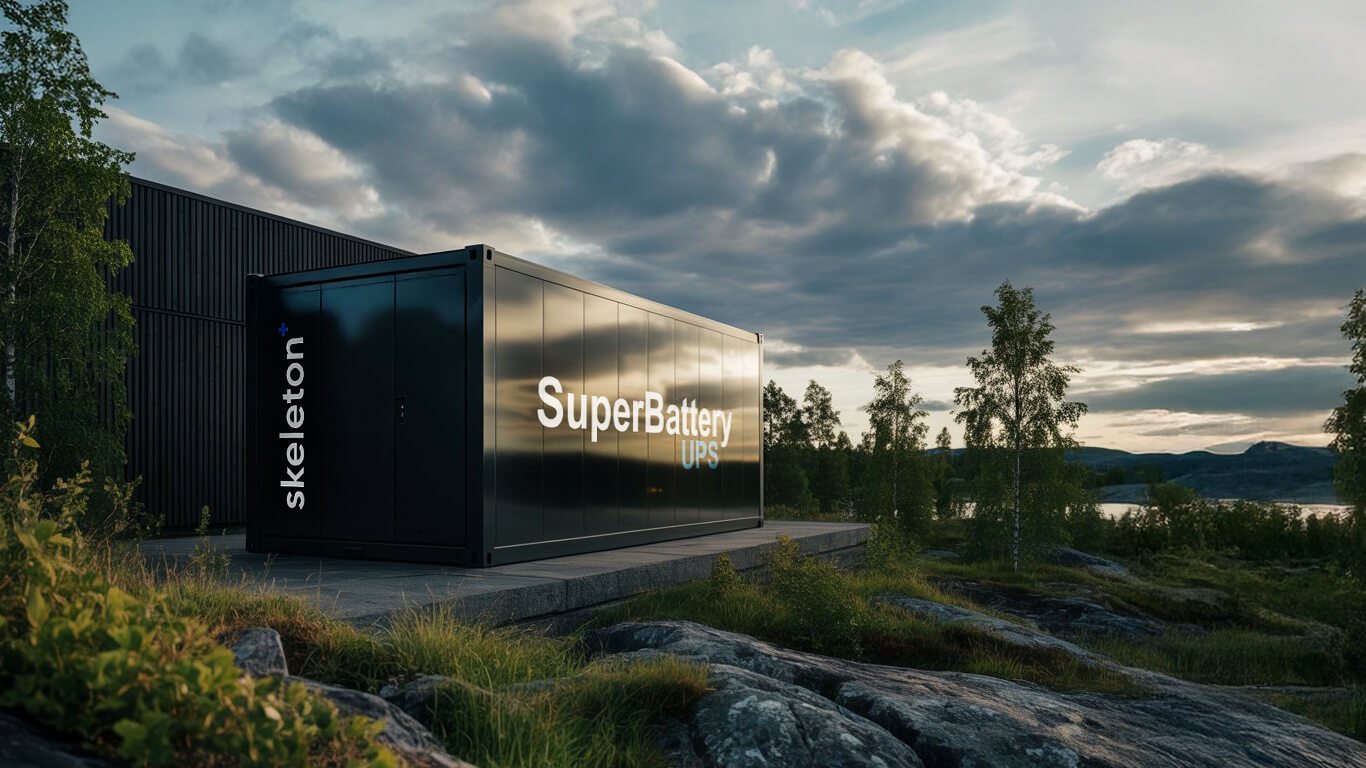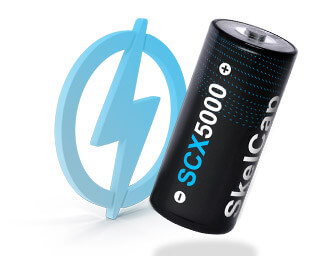
Skeleton Powers Europe’s Bio-Based Battery Economy with WOODCELL Project
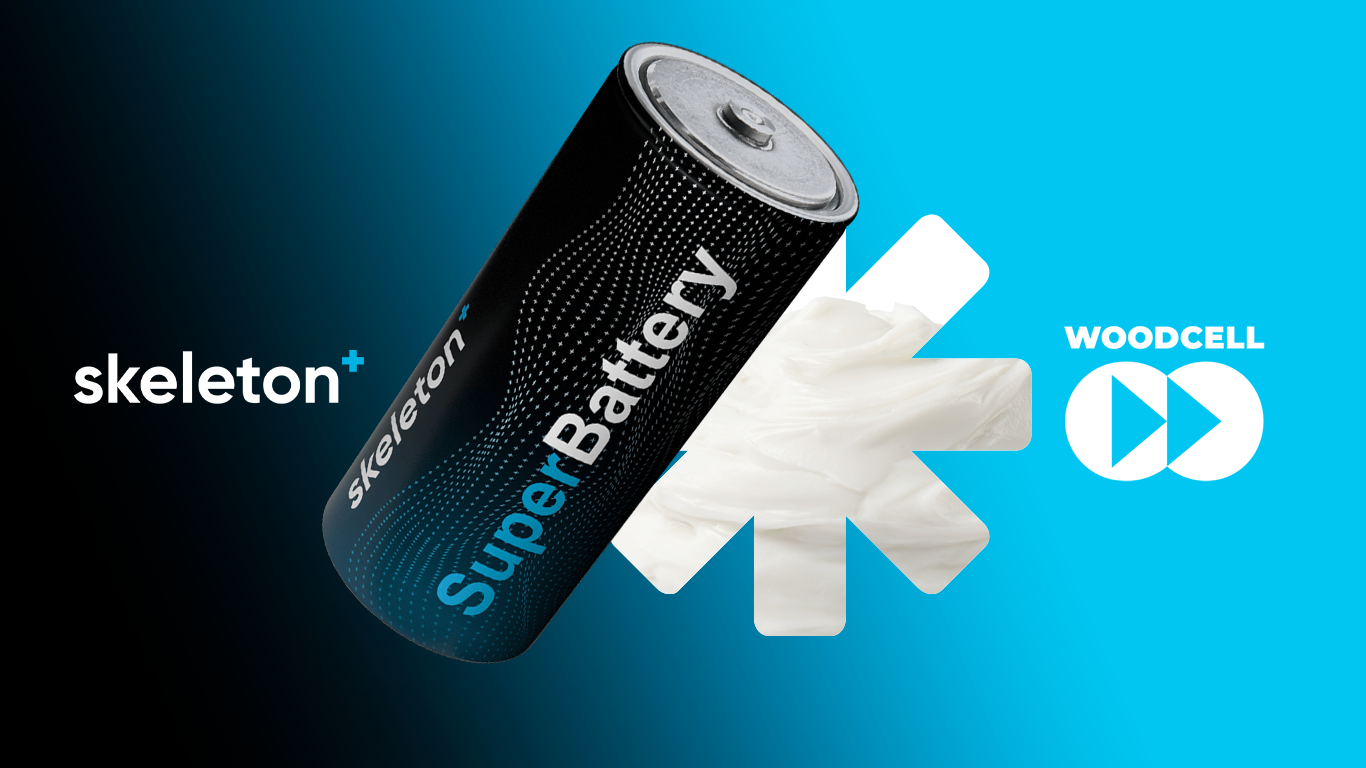
Skeleton is proud to announce our participation in the WOODCELL project, a groundbreaking initiative co-funded by the European Union. This project, coordinated by the Estonian company Fibenol OÜ, focuses on producing Microcrystalline Cellulose (MCC) from low-value wood residues—a step towards more sustainable energy storage solutions.
Driving Innovation in Bio-Based Battery Technology
As a company committed to research and development, we see the WOODCELL project as a significant milestone in our mission to revolutionize energy storage. With the global shift away from critical raw materials and fossil-based resources, the challenge is clear: develop sustainable solutions that support the entire battery lifecycle—from production and use to recycling—while meeting the increasing energy demands of industries worldwide.
By leveraging bio-based materials, we aim to offer greener alternatives that help companies reduce their carbon footprint and move closer to achieving net-zero emissions by 2050.
In this article, Lotta Gustavsson, Senior Battery Scientist at Skeleton, shares insights into the WOODCELL project and the role of MCC in the future of battery development.
What is Microcrystalline Cellulose (MCC)?
Microcrystalline Cellulose (MCC) is a sustainable, non-toxic cellulosic material commonly used in pharmaceuticals, food, and cosmetics. It serves as a binder, emulsifier, or thickener and is derived from wood through mechanical, chemical, or thermal processing.
Fibenol OÜ utilizes a proprietary fractionation process to produce MCC from low-value wood residues. This process degrades the non-crystalline cellulose components, leaving behind micro-sized MCC particles. Naturally, MCC contains some residual lignin, which can be removed as needed.
Why Explore MCC as a Battery Binder?
Skeleton is dedicated to developing environmentally conscious battery solutions by using non-toxic materials and water-based manufacturing processes. Exploring MCC as a binder aligns with our sustainability goals and supports the transition to greener energy storage.
Key Functions of Battery Binders:
1. Optimizing slurry viscosity for better electrode processability.
2. Ensuring strong adhesion of active material particles to the current collector foil.
3. Enhancing mechanical durability to withstand operational stress.
The WOODCELL project aims to determine whether Fibenol’s MCC can replace traditional Lithium-ion battery binders. MCC offers strong mechanical properties, effective material interactions, and is compatible with water-based processing—making it a promising alternative to conventional synthetic binders.
Environmental Benefits of European-Made MCC
With the battery industry expanding rapidly, replacing oil-based and energy-intensive raw materials with sustainable alternatives can significantly reduce environmental impact.
One widely used cathode binder, polyvinylidene fluoride (PVDF), is a PFAS substance that resists degradation and persists in the environment. MCC, as a non-toxic and bio-based alternative, presents an eco-friendly solution.
Fibenol’s MCC is produced from certified wood sources in Estonia using an energy-efficient fractionation process. Local production and short transportation distances contribute to lower carbon emissions and improved supply chain security.
 Fibenol Oü manufacturing facility in Estonia (Image source: Fibenol.com)
Fibenol Oü manufacturing facility in Estonia (Image source: Fibenol.com)
Cost Implications of MCC in Battery Manufacturing
While binders constitute a small fraction of a battery cell’s material costs, their role in sustainability and recyclability can significantly impact the overall carbon footprint. Using bio-based binders like MCC enhances the circular economy by enabling greener battery production.
The Future of Bio-Based Materials in Batteries
The growing demand for batteries necessitates a shift from conventional, fossil-based materials to renewable alternatives. However, sustainability goes beyond material selection—process efficiency, energy consumption, and resource utilization must also be considered.
 Lotta Gustavsson (Photo taken by Maurice Buttermann)
Lotta Gustavsson (Photo taken by Maurice Buttermann)
Lotta Gustavsson, Senior Battery Scientist at Skeleton Technologies, highlights the importance of bio-based materials in energy storage:
“Skeleton is committed to developing high-performing and environmentally friendly energy storage solutions. The WOODCELL project aligns perfectly with our objectives, making our participation a natural choice.”
Water-based processing is another critical factor in sustainable battery manufacturing. Many electrodes are currently processed using N-methyl-2-pyrrolidone (NMP), a harmful solvent. The WOODCELL project aims to demonstrate how Fibenol’s MCC can facilitate aqueous electrode manufacturing, reducing reliance on toxic solvents.
The WOODCELL project represents a significant step toward more sustainable battery technology. By integrating Microcrystalline Cellulose as a bio-based binder, we are helping shape the future of greener energy storage solutions. Stay tuned as we continue exploring innovative ways to make battery manufacturing more environmentally friendly and efficient.
For more updates on our progress with the WOODCELL project and other sustainability initiatives, follow Skeleton Technologies.
Learn more about the WOODCELL project here
